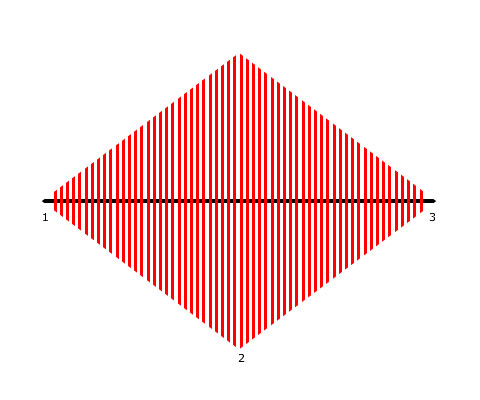Working principle
When using the von Recklinghausen oscillotonometer, the cuff is wrapped round the arm and inflated, following which the bleed valve is opened until the pressure starts to fall slowly. The control lever is pulled forward so that the needle jumps slightly in time with the pulse. When the needle starts to jump more vigorously, the control lever is released, and this displays systolic pressure. If the lever is pulled again, it can be released at the point of maximum oscillation to display the mean arterial pressure, and again at the point where oscillations reduce to give the diastolic pressure.
The device does not accurately measure the diastolic pressure. The systolic pressure is indicated by the onset of oscillation (as shown in Fig 1 - label 1). Maximum oscillations occur (Fig 1 - label 2) at mean arterial pressure. Diastolic pressure is the point at which oscillations reduce (Fig 1 - label 3).
